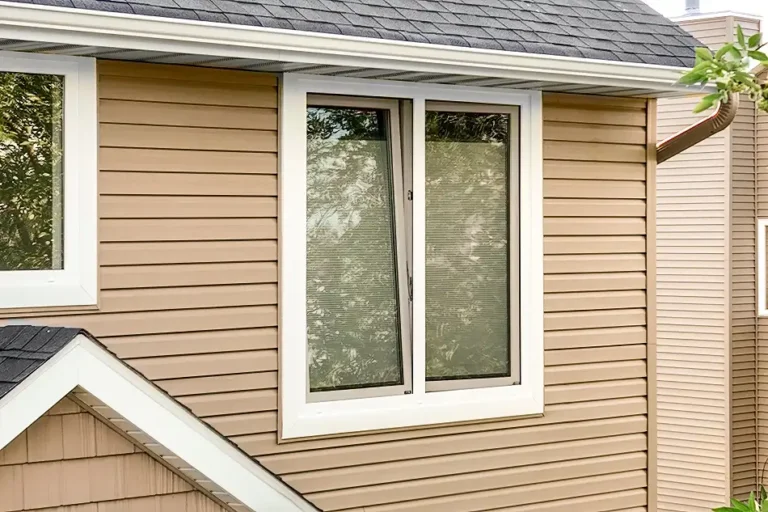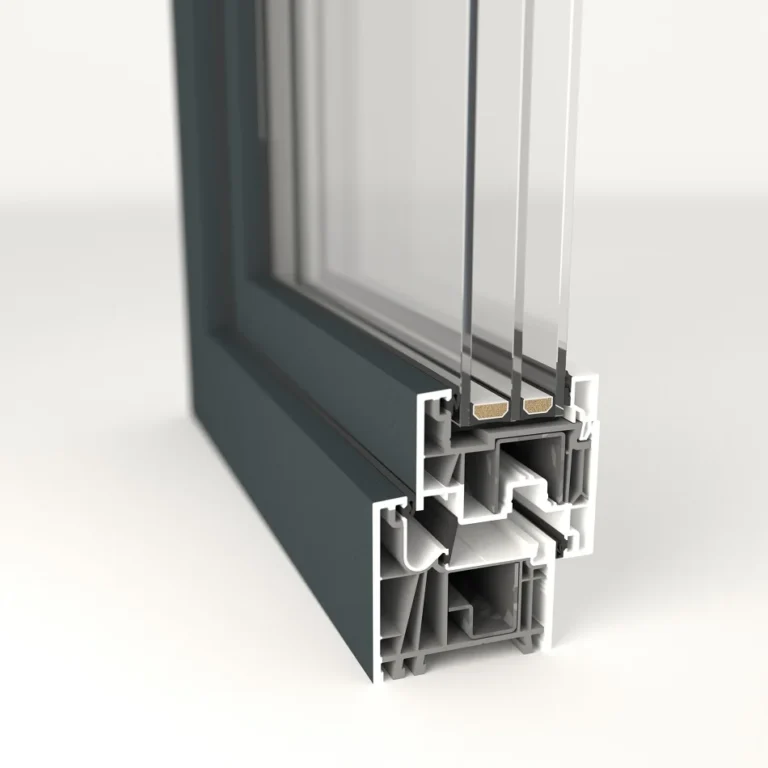How Does a Tilt-and-Turn Window Work?
Tilt-and-turn windows are a popular choice in modern homes thanks to their smart design, practical functionality, and energy-saving benefits. Unlike standard sliding or double-hung windows, they offer two ways to open — tilting inward for controlled airflow or swinging fully open for easy access and cleaning.
Designed with security, durability, and convenience in mind, these European-style windows give homeowners a stylish and efficient alternative to traditional designs. But how exactly do they function? Let’s break it down.
What Is a Tilt-and-Turn Window?
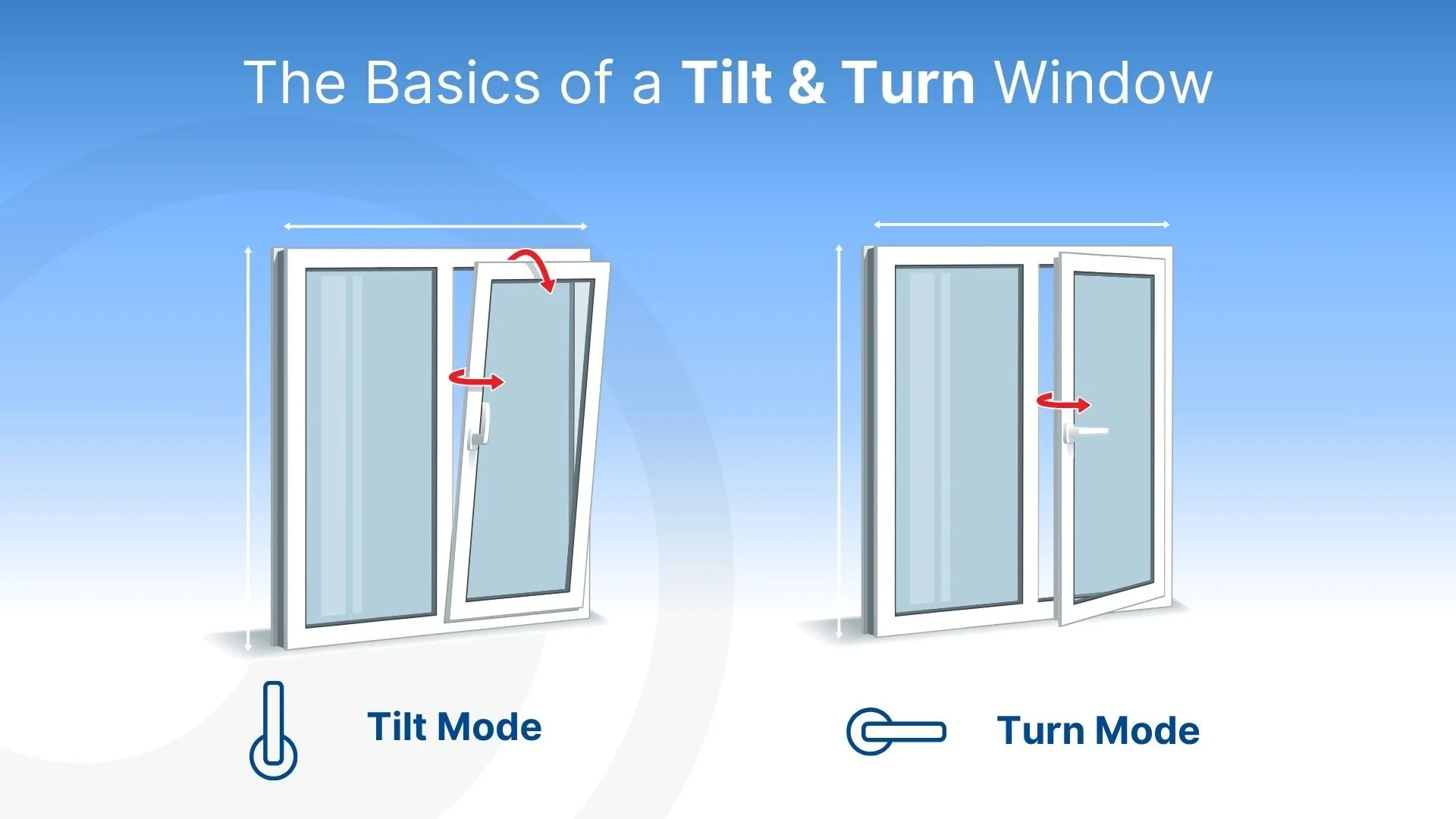
A tilt-and-turn window is a dual-functioning window that can open in two different ways:
- Tilt Mode: The window tilts inwards from the top, creating a small gap at the top for fresh air to enter while keeping the frame securely locked.
- Turn Mode: The window swings open from the side, much like a casement window, providing full ventilation and making cleaning effortless.
This smart design combines the advantages of multiple window types, offering easy access, controlled airflow, and enhanced weather protection.
How Does a Tilt-and-Turn Window Work?
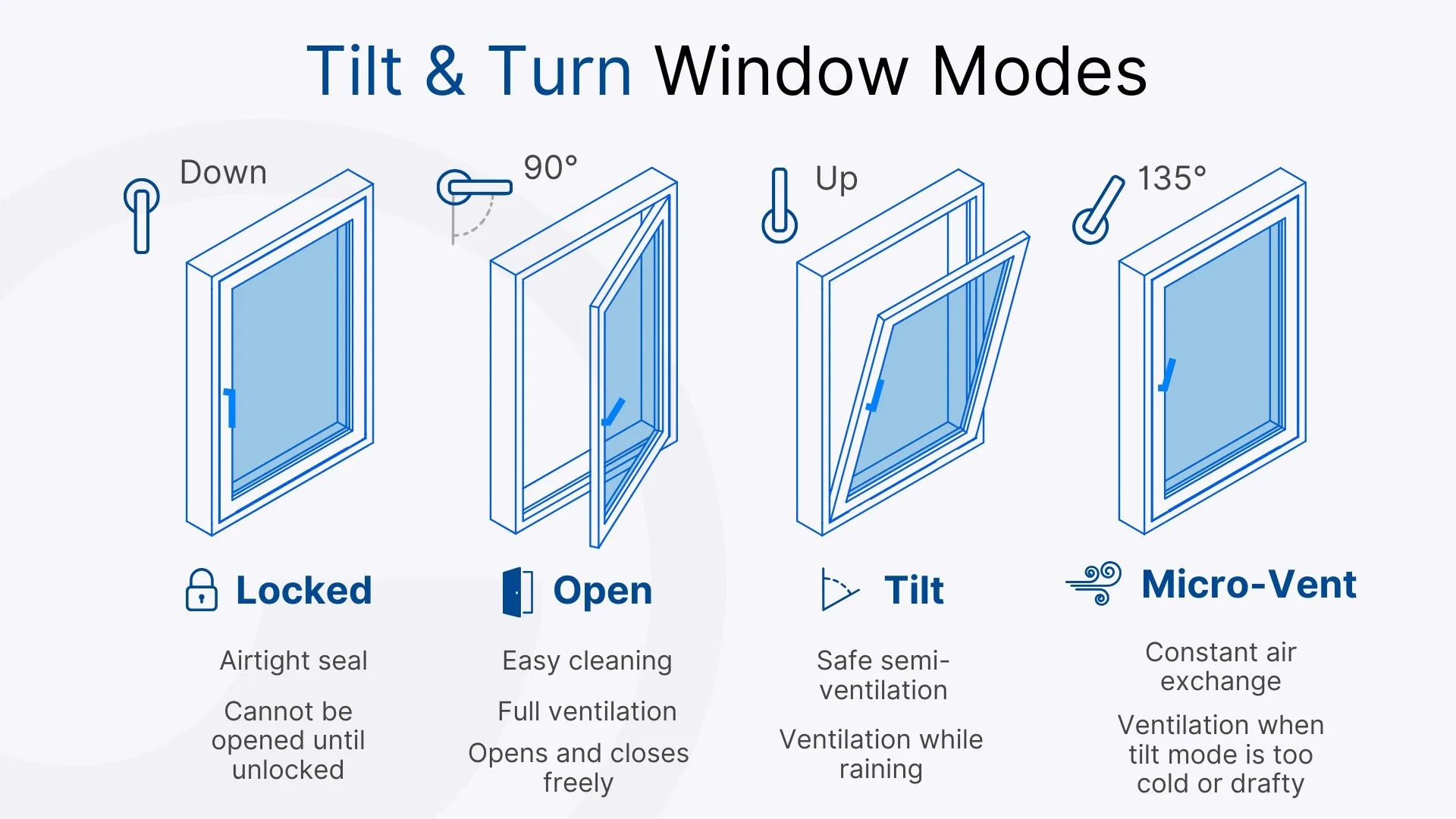
The secret behind the tilt-and-turn window system lies in its advanced window hardware. Unlike fixed windows or double-hung windows, tilt-and-turn windows operate on two axes, allowing them to function in three different positions depending on how you turn the handle.
Locked Position (Fully Closed)

When the handle is in the downward position (let’s call it a 0° angle), the window remains fully closed and locked. The multi-point locking system provides enhanced security, sealing the window shut to prevent water resistance issues, drafts, and break-ins.
Turn Function (Fully Open Mode)
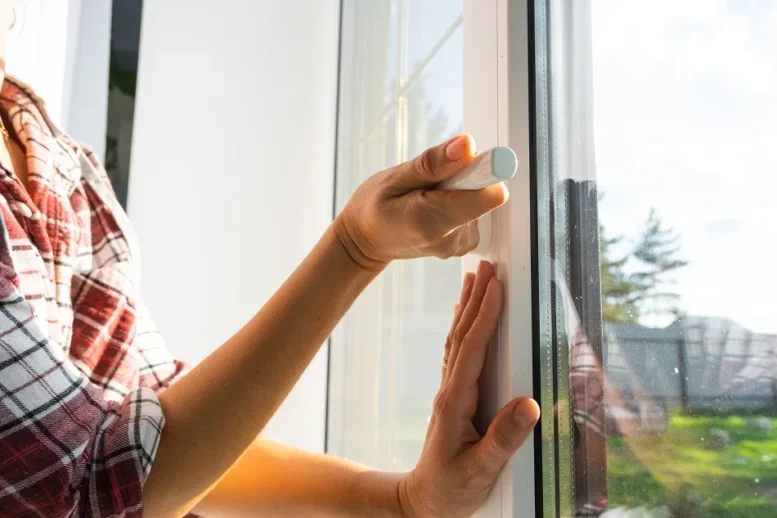
Rotating the handle 90° swings the window open on its side hinges. This setting is perfect for:
- Maximizing airflow: Unlike sliding windows, this design allows for full, unobstructed ventilation.
- Effortless cleaning: The inward swing makes it easy to wipe both interior and exterior glass surfaces without needing a ladder.
- Emergency escape: The wide opening provides a reliable exit route in case of emergencies.
Tilt Function (Secure Ventilation Mode)

When the handle is turned all the way up to 180°, the top of the window tilts inwards, creating a small opening. This mode allows for easy ventilation while keeping the window securely locked at the bottom, making it ideal for homes with children or pets.
- Prevents rain from entering while still allowing fresh air to circulate.
- Maintains energy efficiency by minimizing heat loss.
- Acts as a safe ventilation option, as the window remains partially closed.
This dual-function system is what makes tilt-and-turn windows a standout choice, giving homeowners both flexibility and security.
Micro-Ventilation Mode (Subtle Air Exchange)
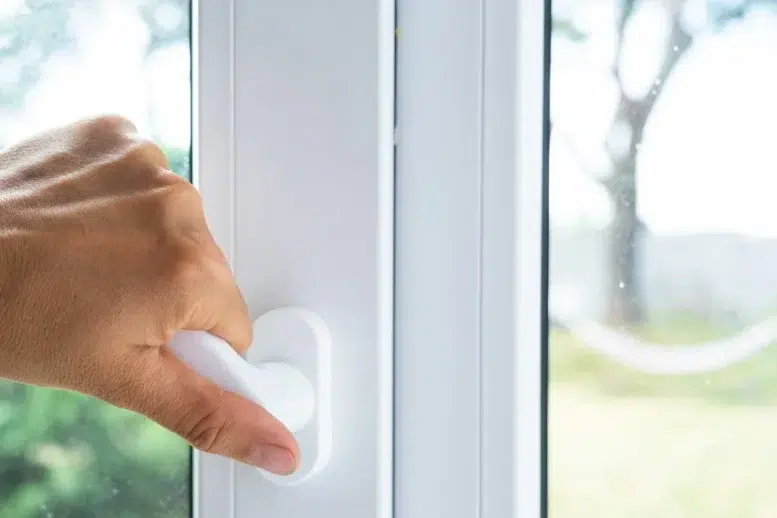
Some tilt-and-turn windows offer a micro-ventilation setting. By adjusting the handle slightly (around 135° from the locked position), the window opens just a fraction of an inch, allowing for controlled airflow.
- Provides a constant low-level ventilation to reduce indoor humidity.
- Helps prevent mold buildup by allowing subtle air exchange.
- Keeps the home air-tight and energy-efficient while maintaining fresh air circulation.
Micro-ventilation is especially useful in cold or windy conditions when opening a window fully would let in too much outside air. If you’re sitting near a window and feel chilly, this setting allows for gentle airflow while keeping warmth inside.
Benefits of Tilt-and-Turn Windows
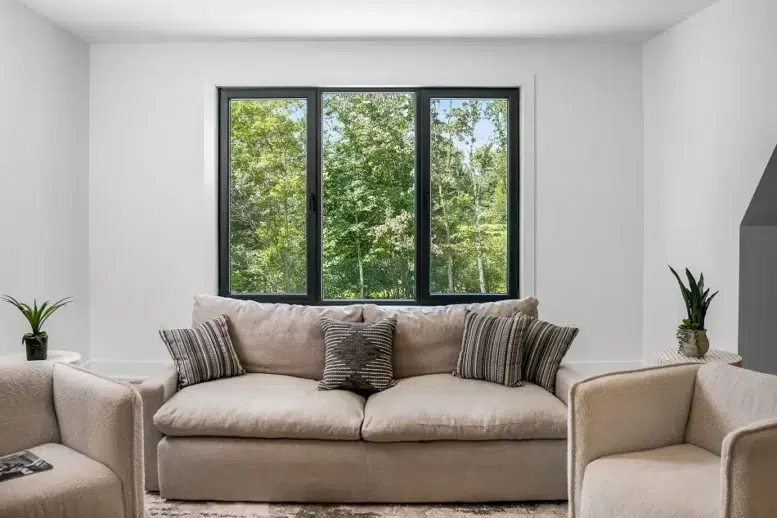
Tilt-and-turn windows provide several advantages over traditional window styles, making them a preferred choice for many homeowners.
1. Secure Ventilation Without Compromising Safety
Unlike double-hung windows that open from the bottom, tilt-and-turn windows allow fresh air in without fully opening. The tilt function provides airflow while keeping the window locked, preventing unwanted access.
2. Easy Access and Maintenance
Since these windows tilt inward and swing fully open, cleaning the glass and frame is effortless. There’s no need to step outside or use a ladder.
3. Enhanced Energy Efficiency
Tilt-and-turn windows often come with double glazing or triple glazing, which improves insulation, keeping your home comfortable year-round.
4. Exceptional Weather Resistance
The tight seals on tilt-and-turn windows provide superior water resistance compared to other styles, preventing leaks and drafts.
5. Modern Aesthetic for Contemporary Homes
With their minimalist design, tilt-and-turn windows complement contemporary homes, making them an excellent choice for modern builds and renovations.
Choosing the Right Tilt-and-Turn Windows for Your Home
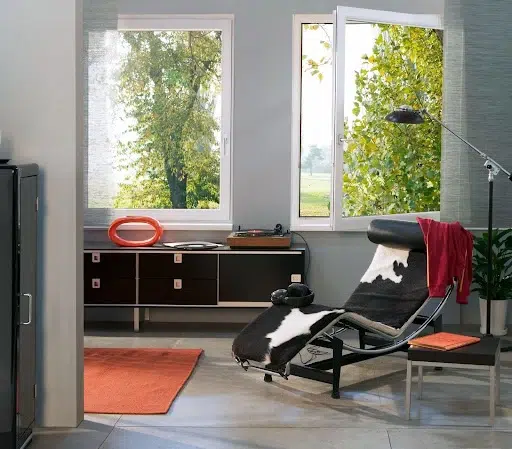
When selecting tilt-and-turn windows, consider several factors to ensure they meet your needs:
- Material options: Vinyl, aluminum, or wood frames — each offers different benefits in durability, insulation, and aesthetics. uPVC is the most popular option for tilt & turn windows.
- Glass options: Double glazing or triple glazing improves insulation and reduces outside noise.
- Customization: Choose the right size, frame color, and finish to match your home’s style.
At GEALAN, we offer high-quality tilt-and-turn window systems that combine functionality, style, and durability to provide the best experience for homeowners.
How Do Tilt-and-Turn Windows Compare to Other Styles?
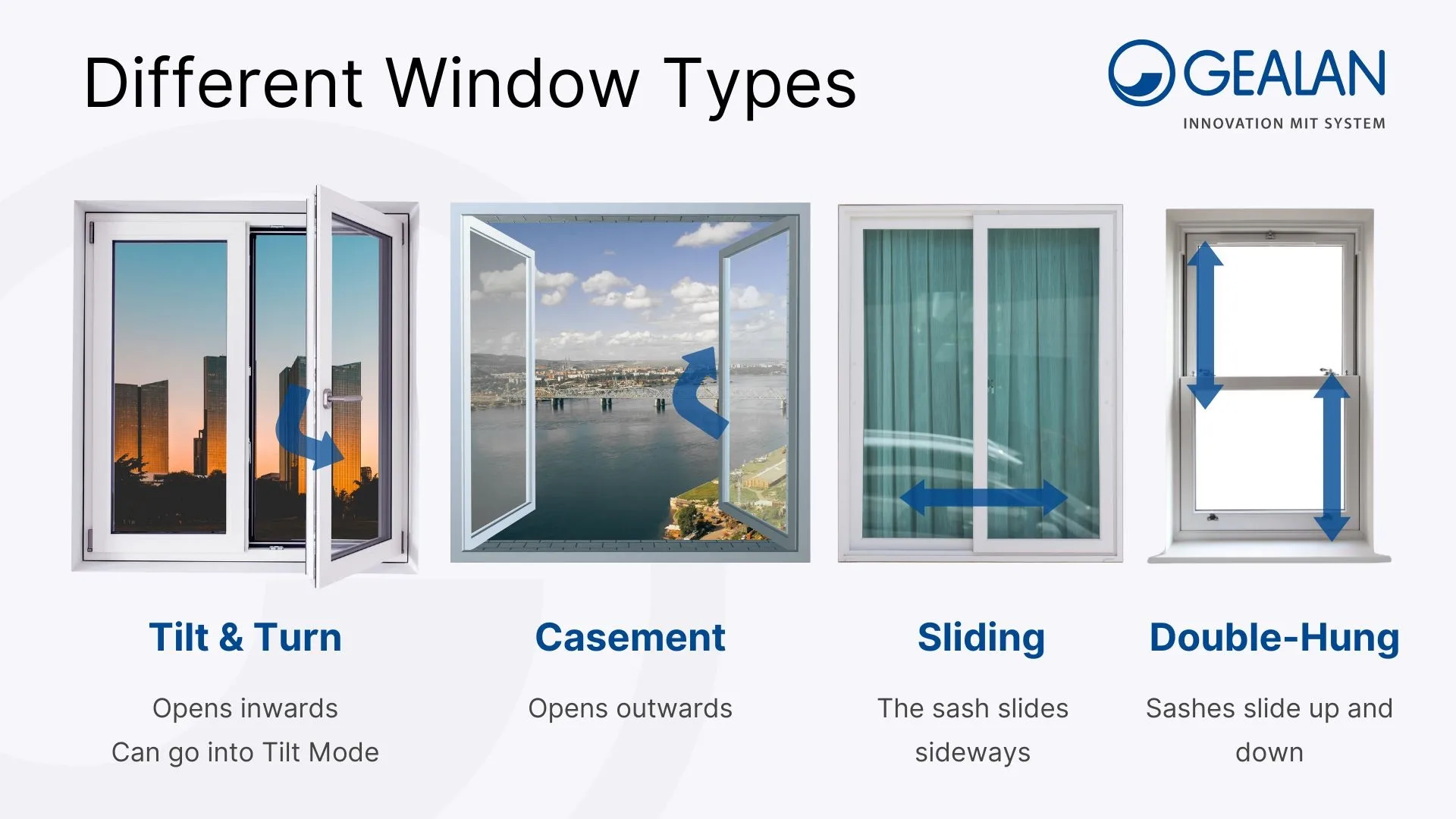
Tilt-and-turn windows offer unique functionality, but how do they measure up against other window types?
Tilt-and-Turn vs Casement Windows
Both casement windows and turn windows open outward, but tilt-and-turn windows provide an additional ventilation option with their tilt function.
Tilt-and-Turn vs Sliding Windows
Sliding windows open horizontally, while tilt-and-turn windows offer dual functionality and superior insulation thanks to their airtight seal.
Tilt-and-Turn vs Double-Hung Windows
Unlike double-hung windows, tilt-and-turn models open inward, making them easier to clean and more energy-efficient with double or triple glazing.
Installing Tilt-and-Turn Windows
Proper installation is key to ensuring smooth operation. A professional installer will:
- Create an airtight seal for weather resistance and energy efficiency.
- Adjust the hinges and hardware for flawless function.
- Customize the frame size for a seamless fit in your home.
With GEALAN’s tilt-and-turn window systems, you get German-engineered durability, energy efficiency, and effortless operation.
Table of Contents
Upgrade to GEALAN Tilt-and-Turn Windows
Tilt-and-turn windows are a smart choice for homeowners who want a modern look, energy savings, and easy ventilation. Their dual-function design, secure locking system, and low-maintenance features make them a practical upgrade for any home.
At GEALAN, we specialize in high-quality tilt-and-turn window systems, designed to offer unmatched durability, performance, and aesthetics. Whether you’re looking for enhanced security, better energy efficiency, or effortless cleaning, our windows are built to meet your needs.
Discover the wonders of German engineering today — contact us to find a local supplier and transform your home with our premium tilt-and-turn window systems!
FAQs
Do tilt-and-turn windows leak?
No, tilt-and-turn windows are built with precision-engineered seals and advanced weatherproofing, making them highly resistant to leaks. Unlike standard windows, their multi-point locking system ensures a tight, secure fit, blocking out rain and wind even in extreme weather conditions. With proper installation and routine maintenance, these windows provide long-term protection against water infiltration.
Why do German windows open inwards?
Tilt-and-turn windows, a hallmark of German engineering, open inwards for superior functionality, security, and energy efficiency. This design makes cleaning effortless since both sides of the glass can be reached from inside the home. The inward-opening mechanism also creates a tighter seal, enhancing insulation and reducing energy loss. Additionally, these windows offer better security, as they are far more difficult to force open from the outside. The tilt feature further allows for safe ventilation without leaving the home vulnerable.
How do tilt-and-turn window hinges work?
Tilt-and-turn windows use a multi-point hinge system designed to shift the pivot point based on the handle’s position. Turning the handle 180 degrees engages the tilt mode, allowing for secure ventilation. A 90-degree turn activates the full turn function, letting the window swing open for maximum airflow and easy cleaning. This flexible mechanism gives homeowners precise control over how their windows operate.
